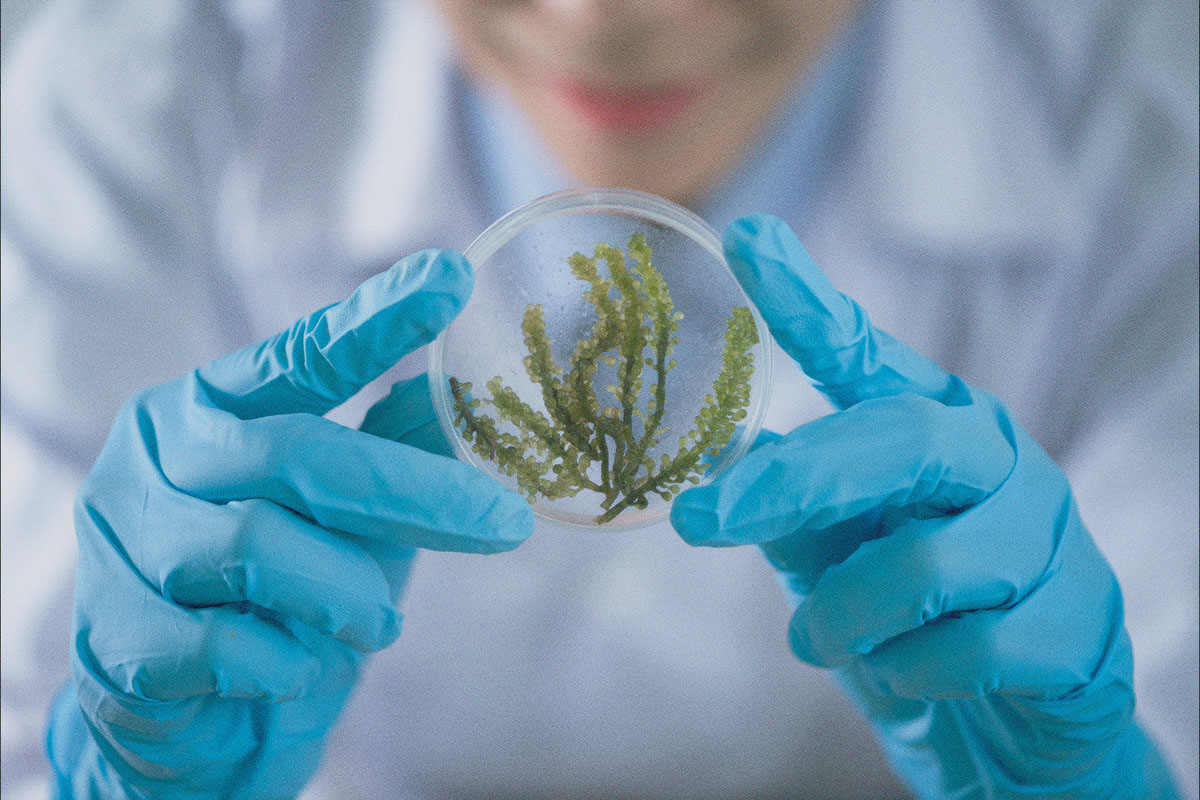Keep reading about similar topics.

Health
by Martha Lewis & Roca Gallery
→
Read More


You may know the phrase, “you are what you eat.” There is a parallel concept when it comes to hazardous chemicals—you are what surrounds you!
Every day we come in contact with a large number of chemical products. Think of the last time you walked through a space being remodeled, or sat in a new car and thought “what’s that smell?” Your body notices that smell because a chemical or substance is interacting with the smell receptors in your nose. The same characteristics that allow it to interact with your nose could make those chemicals affect the body in other ways too—sometimes causing harm. The more invisible moments occur when sleeping on your mattress filled with flame retardants or using your personal care products while getting ready for work. Perhaps you work in a factory, as a contractor installing products, or some other job requiring direct contact with a variety of chemicals. The list (both visible and invisible) goes on and on. While a one-time exposure might not lead to health effects, a life-time of exposure and buildup to these chemicals can. More and more scientific evidence links these chemical exposures to diseases like cancer and diabetes, as well as developmental delays, reproductive health issues, and Autism Spectrum Disorder1.
There are three main exposure pathways: 1) inhalation – breathing in contaminated air, 2) ingestion – the inadvertent passing of dust or other chemical residues from hands to mouth, and 3) because our skin is like a sponge – absorption through dermal contact. According to the Environmental Working Group (EWG), babies still in the womb are exposed to more than 200 chemicals that pass from their mother through the umbilical cord2. This should make you wonder—what are the chemicals I may not realize are entering my body? There is a term used to describe the load of chemicals in the human body—body burden.

We sat down with Teresa McGrath, Healthy Building Network’s (HBN) Chief Research Officer earlier this year to talk about urine, specifically hers. Earlier this year, Teresa participated in a study on chemical body burden led by Silent Spring Institute. Teresa is an avid runner who’s completed marathons and loves snacking on fresh vegetables from her local farmers market. She is one of the healthiest and most health conscious individuals on our team and we were very interested in learning her results.
The study, titled Detox Me Now, included approximately 350 participants. Teresa submitted her urinary sample for testing 15 chemicals, including3:
Her study results detected seven of the 15 chemicals tested in her urine sample. There are a couple of basic rules to follow when it comes to interpreting biomonitoring results. The first is that a higher number is not always a reason for concern4. And the second is that from a hazard perspective, not all chemicals are the same5. Each chemical possesses its own set of health effects at different dosages and routes of exposure6.
During our conversation, Teresa McGrath offered a particularly interesting study finding—her differing bisphenol results particularly when compared to the study median and the US median.
This study tested for two bisphenols, bisphenol-A (BPA) and bisphenol-S (BPS). If BPA sounds familiar, that is probably because this is the much-talked about ingredient commonly used in polycarbonate plastic bottles, lining for food and beverage cans and thermal paper receipts. It can cause endocrine disruption.7,8 BPS is a common replacement for BPA in many thermal applications including paper receipts and plastics and has similar health concerns as BPA9. Teresa’s results for BPA were lower than the median for the Silent Spring Detox Me Now study participants AND lower than the US median10. However, her BPS levels were greater than her BPA levels, greater than the median for the Silent Spring Detox Me Now study participants AND greater than the US median11. This is illustrated in the following graphic from her study report.
The report offers two possible explanations:
By simply purchasing BPA-free products, one can reduce exposure to BPA. However, industries continue to choose “regrettable substitutions” or replacing one chemical with another similar chemical and/or a chemical with unknown health effects. Much of our work focuses on helping industries avoid regrettable substitutions.
Wrapping up our conversation with Teresa, we briefly discussed the overall study implications and additional survey results. Compared to the National Health and Nutrition Examination Survey (NHANES) conducted by the Centers for Disease Control, participants of this study possessed lower chemical burdens than most people in the United States. One explanation for this may be attributed to 43 percent of participants self-reporting that they avoid products with parabens, BPA, triclosan, and fragrance, and an additional 40 percent reported avoiding two or three of those chemicals.
So, how can you reduce your exposure? Silent Spring offers some ideas, including:
You can also download their Detox Me Now App for more tips.
Biomonitoring studies similar to Silent Spring’s are springing up in recent years, as have articles about their results, such as this story in the Guardian. For only a few hundred dollars, consumers can know the exact chemical composition of their bodies. For those who find sample submission undesirable, HBN has added a new feature in our Pharos platform that provides links to biomonitoring databases with information on chemicals identified in the bodies of individuals from different regional communities. The results continually shed light on the need for greater industrial transparency and a transition to safer products.
This is one more example of why HBN passionately paves the way to safer products, offering recommended alternatives from expert chemical analysis and by fostering collaborative industry partnerships.